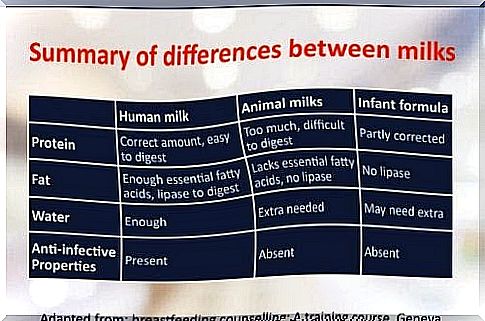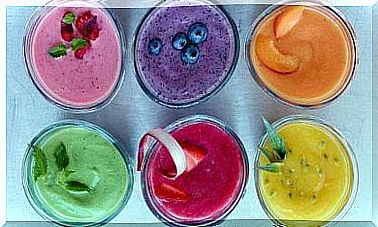How To Choose Infant Formula?

The arrival of a new child creates a lot of joy, but also gives rise to doubts and challenges. Newborns need to eat every few hours. They can either drink breast milk or infant formula. But what are the differences between the different types of infant formula? And how to choose infant formula? Keep reading for good tips.
Official recommendations
The World Health Organization (WHO) recommends exclusive and free breastfeeding during the first six months of a child’s life. After this time, they recommend that you gradually introduce other foods while breastfeeding until the baby is two years or older.
Official information about breast milk and milk
A study published in the Journal of the American Dietetic Association analyzed public attitudes toward food for newborns between 1999 and 2003. Data showed that 25% of respondents considered infant formula to be as good as breast milk. This result was an increase compared to the 14% recorded by the same study in 1999.
According to Statistics Sweden, 95% of children in Sweden were breastfed in 2017 when they were one week old. 75% of these received only breast milk, or became breastfeeding, and 20% received breast milk supplement in addition to breastfeeding.
At six months of age, just over 63% of children were breastfed. The reduction in breastfeeding alone is greatest between four and six months of age.
At six months of age, 13% received only breast milk while 50% received breast milk and other foods. 44% were breastfed at the age of nine months and 27% at the age of twelve months, and in the vast majority of cases they also received other food.

Properties of breast milk
Breast milk is a living type of food that changes and adapts to the baby’s needs. The breast milk that the mother produces during the first days after the birth is called colostrum, and it is more yellow in color. This milk contains everything the baby needs for the first few days. Thereafter, the milk becomes whiter, occurs in larger quantities and has a lighter structure. This is called mature milk.
Breast milk contains everything a newborn needs to grow. In addition to providing macronutrients and micronutrients, it contains other compounds that promote the development of the newborn immune system.
While a mother is breastfeeding, she should increase her calorie intake from healthy and wholesome foods. She needs to keep in mind that her calorie needs continue to increase, so it is not a good time to try to limit calorie intake or lose weight.
A common concern among breastfeeding mothers who have to take medication is often if the drug affects the quality of the milk. You can use Fass to see if the medicine you are taking is compatible with breast-feeding.
Properties of infant formula
Breast milk substitute contains everything a newborn needs to grow and develop. They are all safe and regulated by the National Food Administration’s regulations (LIVSFS 2008: 2) on infant formula and supplementary nutrition as well as several other regulations from the EU.
As for their composition, there is no standard mixture. Each brand has its own recipe. In general, they have a higher protein content than breast milk and usually contain more micronutrients, such as vitamins and minerals. This is because they are less available to the body despite the fact that substitutes have a greater amount of nutrients than those found in breast milk.
On the other hand, one of the disadvantages of feeding with a baby bottle is that infants sometimes get more than they need. The reason for this is that babies do not have to work as hard to get the milk through the baby bottle compared to when they suck on their mother’s breasts. Nevertheless, each child grows at his own pace, and this must be respected.
How do you choose breast milk substitute or breast milk?
Breast milk and infant formula differ mainly in the amount and type of proteins they contain and the way in which they provide carbohydrates, as you can see in this table.

When choosing a breast milk substitute, you need to consider three things:
- The proteins they contain and especially the ratio of casein to serum protein, the two main proteins in milk.
- How the formula provides carbohydrates. Lactose dominates in breast milk and therefore this sugar should preferably do so in the replacement. In addition, they should be completely free of syrup and maltodextrin.
- Sources of fat. Palm oil is available in infant formula. Although it is not a sustainable alternative from an environmental point of view, this oil is nutritionally safe.
Whichever method you choose, make sure you consider the following aspects when feeding your baby:
- The child should only eat breast milk or substitutes up to the age of six months and the supply should be free.
- The child should be allowed to decide the rhythm.
- You do not have to worry about your infant sometimes eating more or less periodically and above all you should not force your baby to eat.
- Each child grows at his own pace.









